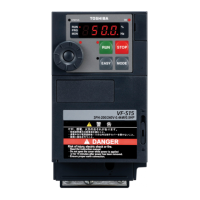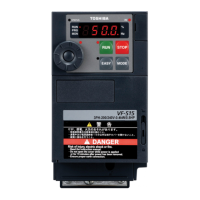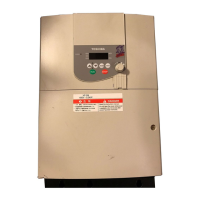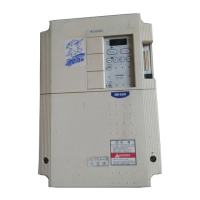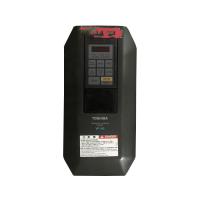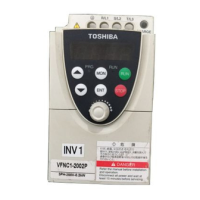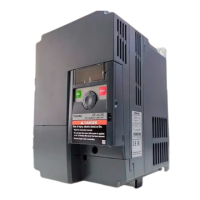E6581158
F-48
6
H (I-gain adjustment parameter)
This parameter adjusts the integral gain level during PID control. Any deviations remaining unremoved
during proportional action are cleared to zero (residual deviation offset function).
A larger I-gain adjustment value reduces residual deviations. Too large an adjustment value, however,
results in an unstable event such as hunting.
Residual deviation
Process quantity setting value
Time
Feedback amount
(H = Large gain)
(H = Small gain)
H (D-gain adjustment parameter)
This parameter adjusts the differential gain level during PID control. This gain increases the speed of
response to a rapid change in deviation (difference between the frequency setting and the amount of
feedback).
Note that setting the gain more than necessary may cause great fluctuations in output frequency, and
thus operation to become unstable.
Previous deviation - current deviation
Large differential gain
Small differential gain
Time
Feedback amount
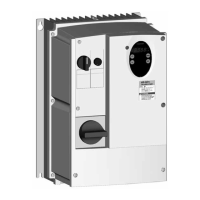
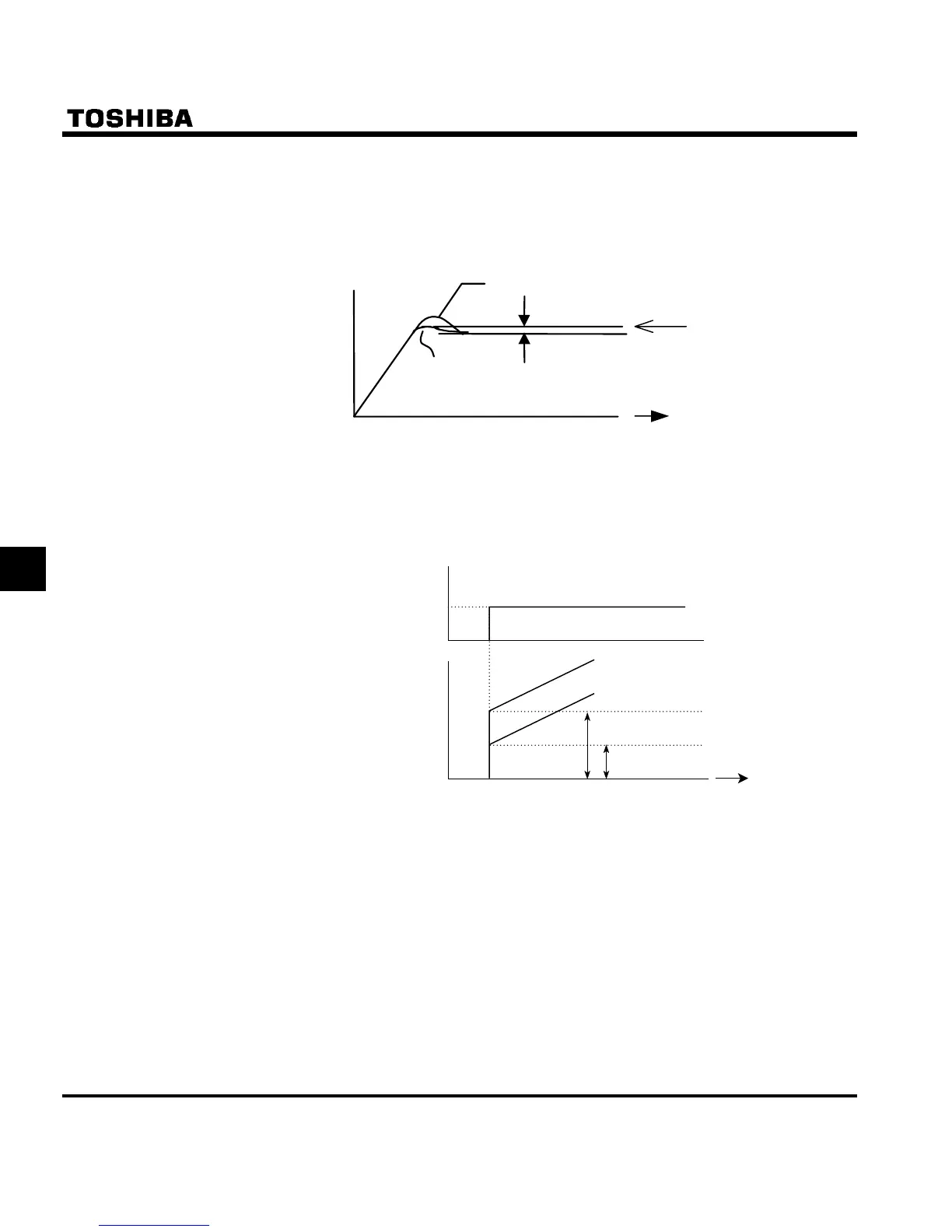